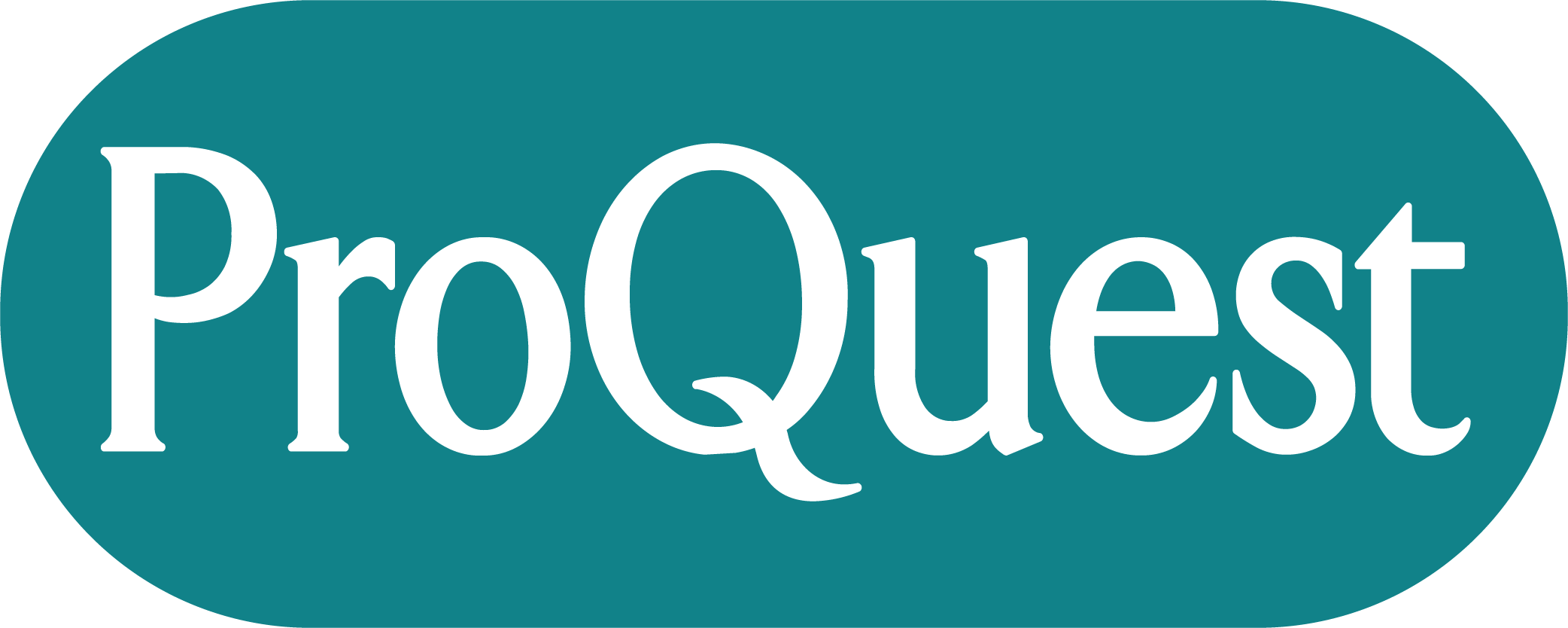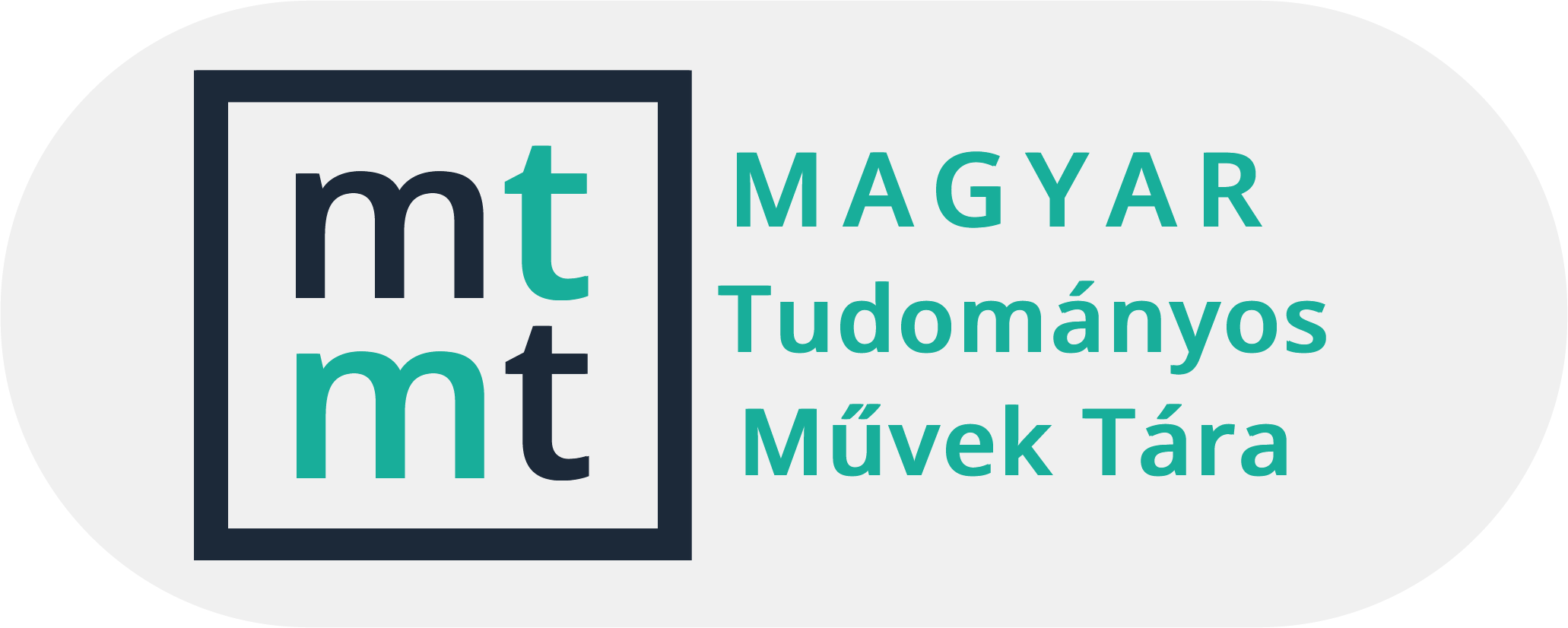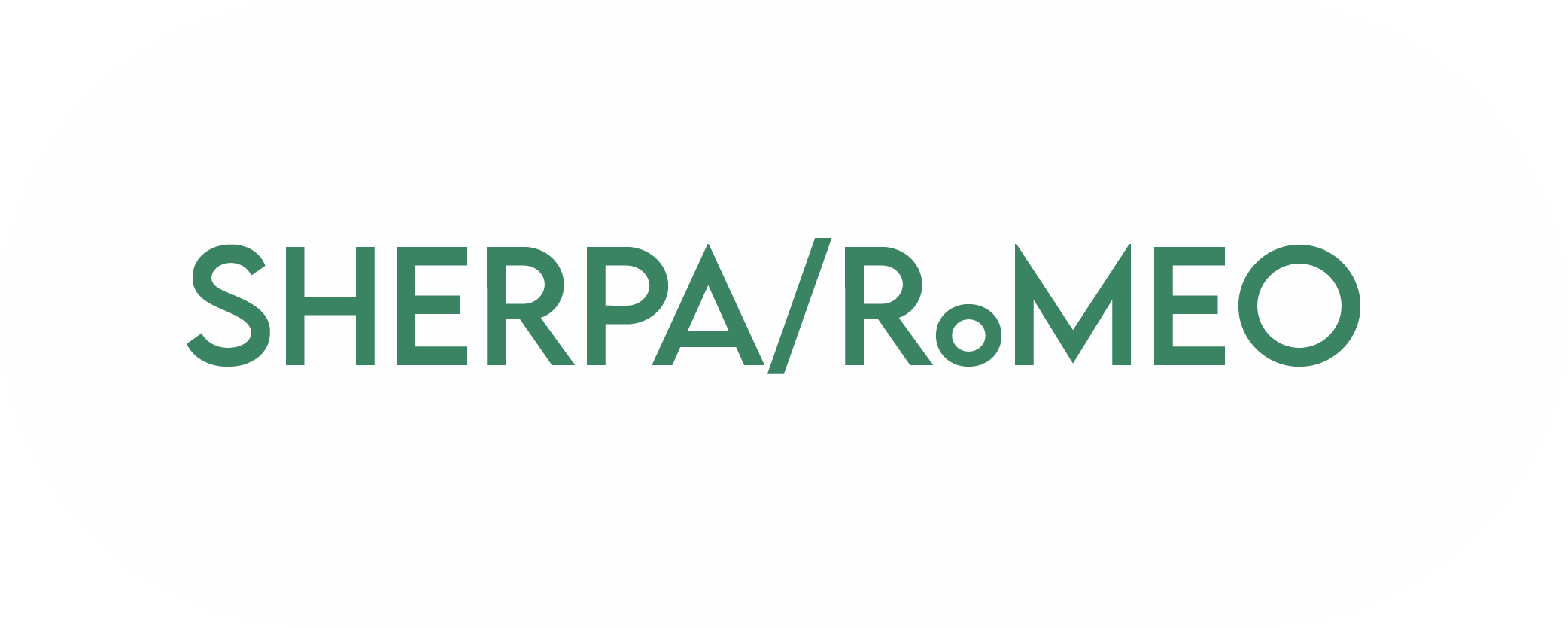Keresés
Keresési eredmények
-
Nem katolikus diákok a királyi jogakadémiákon 1777 és 1850 között
239-253Megtekintések száma:76Not catholic Students at Royal Law Academies between 1777 and 1850. In the following study my goal is to examine an unusual question about the royal academies: the religious structure of the students. The most students were catholic in this institutions. The explanation of this fact is these academies were founded by Maria Theresia, and before that were owned by the Jesuit order. From 1777 these academies were state institutions. However, the Protestants had their own school network in this period, we could also find not catholic students at the register books. I would like to examine these students’ social background, and try to answer the question, why they chose for the royal academies. All of these data are collected by the MTAELTE Histories of Universities Research Group.
-
A magyar felsőoktatás egy fontos intézménycsoportja a királyi jogakadémiák forrásai és feldolgozásának lehetőségei (1777-1850)
121-132Megtekintések száma:87AN IMPORTANT INSTITUTIONAL CLUSTER OF HIGHER EDUCATION IN HUNGARY: THE SOURCES SUPPLIED BY THE ROYAL ACADEMIES OF LAW AND THE PROCESSES OF THEIR CATALOGUING, (1777–1850). he main objective of this study is to ofer an overview of the currently available sources which are extant regarding the peculiar institutions and student population of higher education of the 18th and 19th centuries in Hungary. On surveying the types of sources, it takes stock of the material which is currently accessible to assess the one-time student population of the royal academies of law in Pozsony, Győr, Kassa, Nagyvárad, as well as of the similar royal institutions of Zágráb and the royal lyceum in Kolozsvár. Surveys of this type have demonstrated that in the irst half of the 19th century almost 50,000 students enrolled in these types of institutions. his number by itself tends to indicate that these institutions may have fulilled a much larger role in educating a Hungarian intelligentsia in the Reform Age than one would assume on the basis of a lower-thanuniversity academic level of these institutions.






